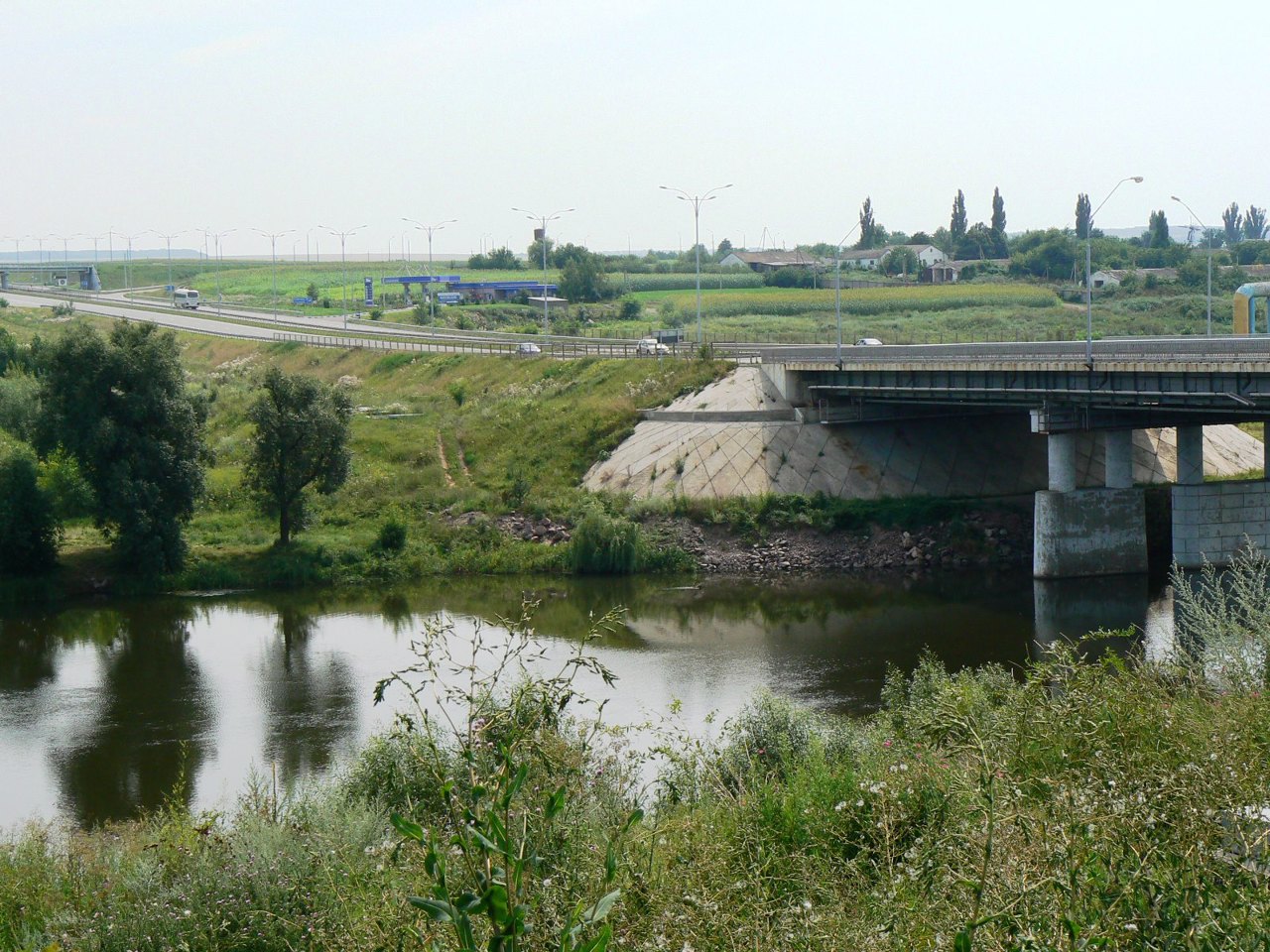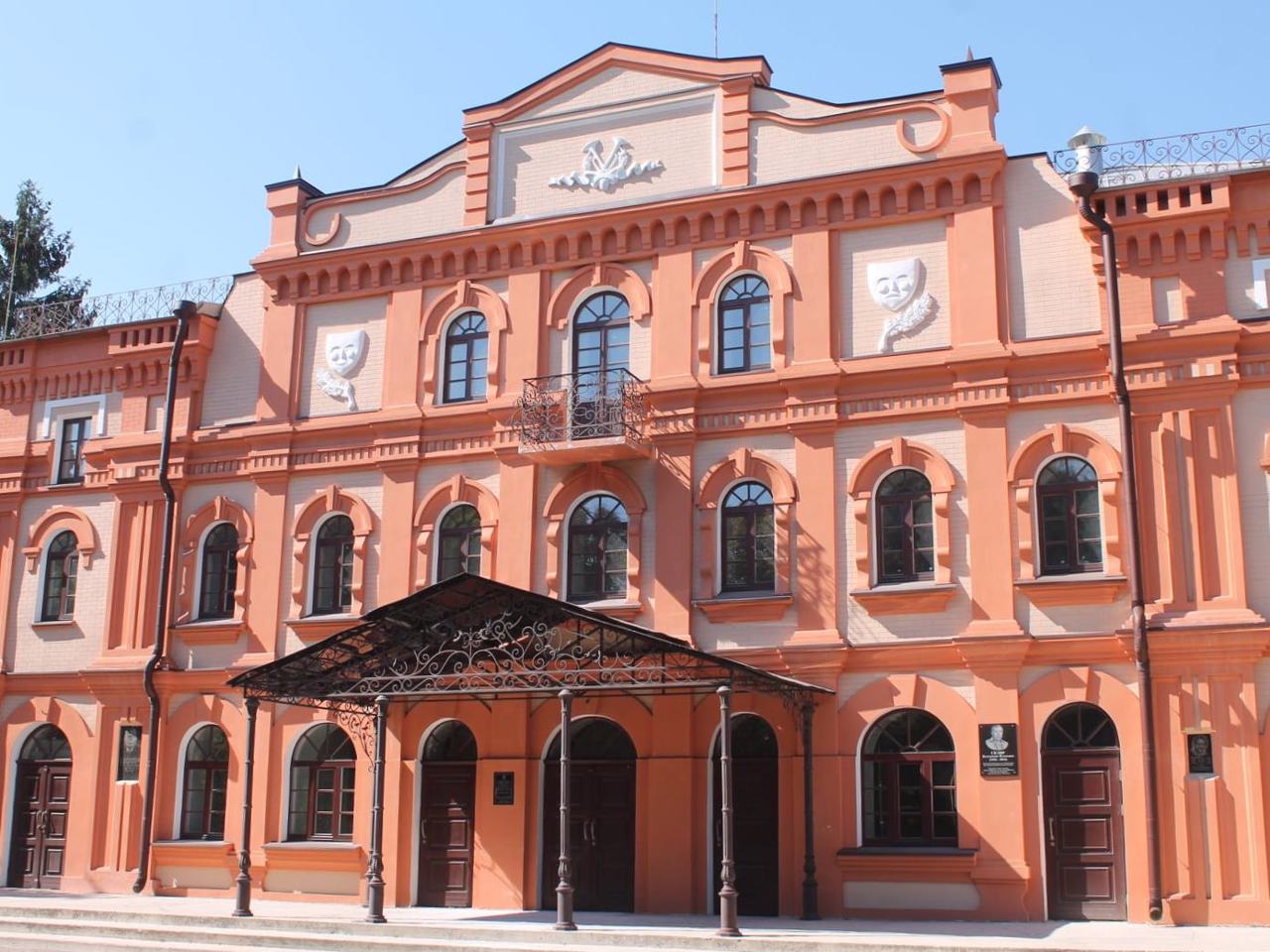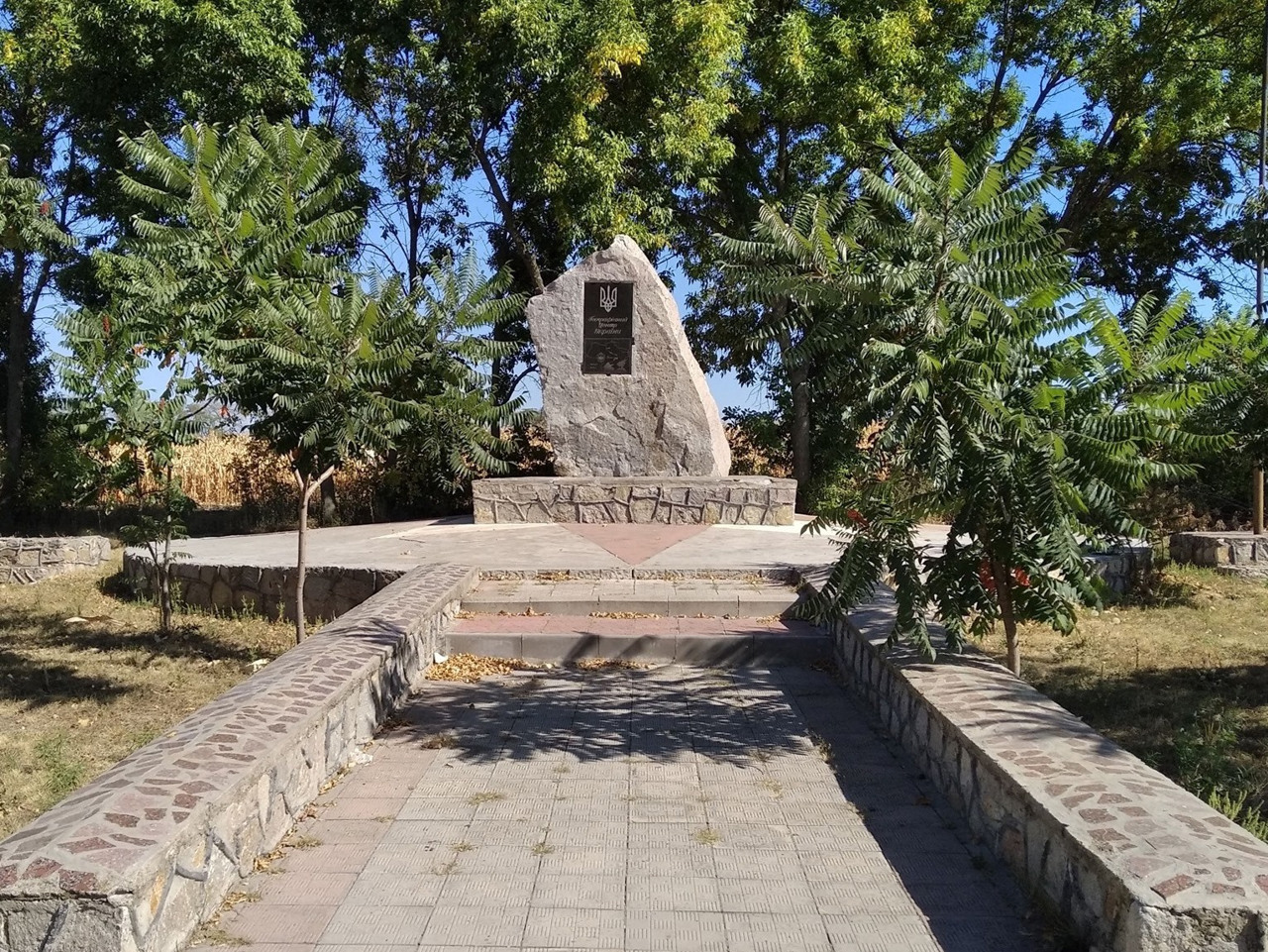Functional temporarily unavailable
Settlements
Kirovohrad region
Cities and villages of
Kirovohrad region
Online travel guide to the settlements of
Kirovohrad region

Districts of Kirovohrad region
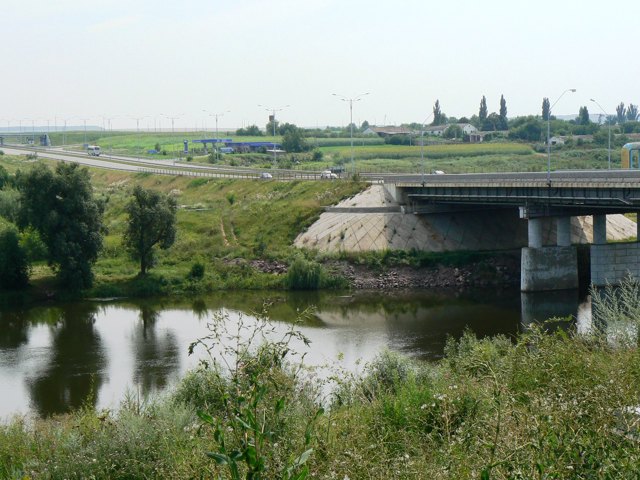
Golovanivskyi district
Golovanivskyi district is located in the western part of the Kirovohrad region, in the historical and ethnographic territory of the Middle Dnipro. The Southern Bug River flows within the district. A popular tourist attraction is the Museum of Strategic Missile Forces on the basis of the liquidated intercontinental ballistic missile mine launcher. Also located here is the lon... Read more
Golovanivskyi district is located in the western part of the Kirovohrad region, in the historical and ethnographic territory of the Middle Dnipro. The Southern Bug River flows within the district. A popular tourist attraction is the Museum of Strategic Missile Forces on the basis of the liquidated intercontinental ballistic missile mine launcher. Also located here is the longest in Ukraine and Europe Gaivoron narrow-gauge railway, on which passenger trains run on the route "Gaivoron - Rudnytsia". The territory of the district is crossed by the M-05 highway, which has a well-developed road service infrastructure in this place.
The administrative center of Golovanivskyi district is Golovanivsk township. The area of the district is almost 4245 square kilometers. The population of the district reaches 125 thousand people.
The Golovanivka district includes 183 settlements, which are united into 10 territorial hromadas: Haivoron, Blagoveshchensk, Zavallivska, Golovanivska, Pobuzka, Novoarkhangelska, Vilshanska settlements, Pidvysotska, Nadlatska, Peregonivska rural amalgamated hromadas.

Kropyvnytskyi district
Kropyvnytskyi district is located in the central part of Kirovohrad region, in the historical and ethnographic territory of the Middle Dnipro. The Ingul River flows within the district and the Ingulets River originates. The sources of Ingulets and the Black Swamp in the tract "Black Forest" are natural monuments of national importance. The arboretum "Veseli Bo... Read more
Kropyvnytskyi district is located in the central part of Kirovohrad region, in the historical and ethnographic territory of the Middle Dnipro. The Ingul River flows within the district and the Ingulets River originates. The sources of Ingulets and the Black Swamp in the tract "Black Forest" are natural monuments of national importance. The arboretum "Veseli Bokovenky" is also of national importance.
The administrative center of Kropyvnytskyi district is the regional center, the city of Kropyvnytskyi, which is famous for its tulip festivals in the local arboretum. Its historical and cultural monuments are the ramparts of the Elizabeth Fortress, from which the city began, the Cathedral of the Nativity of the Virgin and the Transfiguration Cathedral, a complex of buildings of the military town, the "Theater of Coryphaeus". The city is considered the cradle of the Ukrainian theater, because it was here in 1882 that the first Ukrainian professional theater was opened, which employed prominent Ukrainian cultural figures Marko Kropyvnytsky, Ivan Karpenko-Kary, Maria Zankovetska, Mykola Sadovsky. The expositions of several museums of the city are dedicated to them, as well as the State Reserve-Museum of Ivan Karpenko-Kary (Tobilevych) "Khutir Nadiya" in Mykolayivka and the museum-natural reserve "Tobilevychi" in Arsenivka.
Kropyvnytskyi district is one of the largest in Ukraine - its area is 9717 square kilometers. The population of the district reaches 448 thousand people.
The Kropyvnytskyi district includes 418 settlements, which are united into 17 territorial hromadas: Kropyvnytskyi, Znamyanskaya, Bobrynetskaya, Dolynskaya, Oleksandrivskaya, Kompaniyivska, Novgorodkivska, Ustynivska settlements, Ketrysanivska, Gurivska, Dmytrivska, Adzhanivska, Subotsivska Katerynivska, Pervozvanivska, Sokolivska rural amalgamated hromadas.
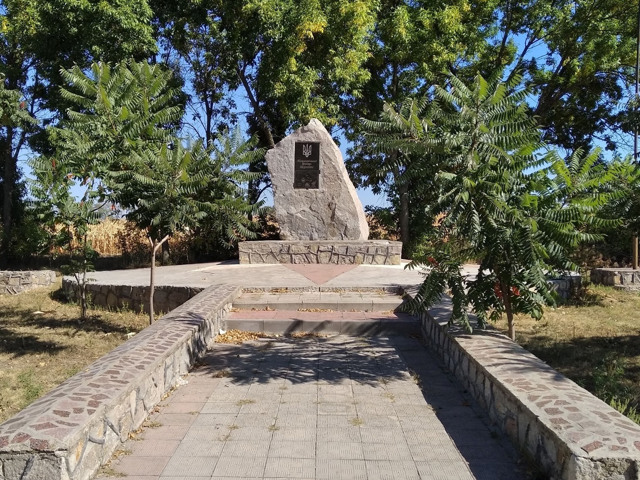
Novoukrainsky district
Novoukrainsky district is located in the central part of Kirovograd region, in the historical and ethnographic territory of the Middle Dnieper. The rivers Chorny Tashlyk and Velyka Vys flow within the district, part of the floodplain of which is protected by the hydrological reserve of the same name. According to one version, the geographical center of Ukraine was determined... Read more
Novoukrainsky district is located in the central part of Kirovograd region, in the historical and ethnographic territory of the Middle Dnieper. The rivers Chorny Tashlyk and Velyka Vys flow within the district, part of the floodplain of which is protected by the hydrological reserve of the same name. According to one version, the geographical center of Ukraine was determined near the town of Dobrovelychkivka, and a memorial sign in the form of a granite stele was erected at this place.
The administrative center of the Novoukrainka district is the city of Novoukrainka. The area of the district reaches almost 5,200 square kilometers. The population of the district is 143 thousand people.
The Novoukrainsky district consists of 242 settlements, which are united in 13 territorial hromadas: Pomichnyanska, Malovyskivska, Novomyrhorodska, Novoukrainska urban, Dobrovelychkivska, Smolinska settlements, Pishchanobridska, Tyshkivska, Zlynska, Maryanivska, Hannivska, Glodovska rural amalgamated hromadas.
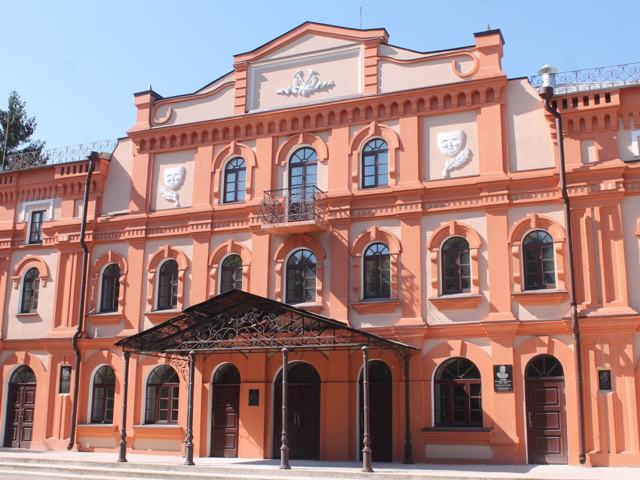
Olexandria district
Olexandria district is located in the eastern part of Kirovograd region, in the historical and ethnographic territory of the Middle Dnipro. The north-eastern border of the district runs along the Dnipro River. The Ingulets River also flows within the district. Onufriyivka Arboretum in Onufriyivka is a monument of landscape art of national importance. There is a private zoo i... Read more
Olexandria district is located in the eastern part of Kirovograd region, in the historical and ethnographic territory of the Middle Dnipro. The north-eastern border of the district runs along the Dnipro River. The Ingulets River also flows within the district. Onufriyivka Arboretum in Onufriyivka is a monument of landscape art of national importance. There is a private zoo in the village of Ozerky on the outskirts of Svitlovodsk.
The administrative center of the Olexandria district is the city of Olexandria, where fragments of historic buildings have been preserved, which are architectural monuments of local significance. The area of the district is 5410 square kilometers. The population of the district reaches 230 thousand people.
Oleksandria district includes 188 settlements, which are united into 9 territorial hromadas: Oleksandriia, Svitlovodsk city, Pantaivska, Novoprazka, Pryyutivska, Onufriivska, Petrovska settlements, Popelnastivska, Velykoandrusivska rural amalgamated hromadas.
